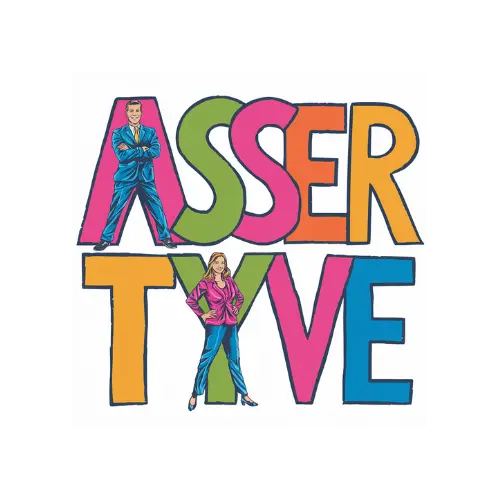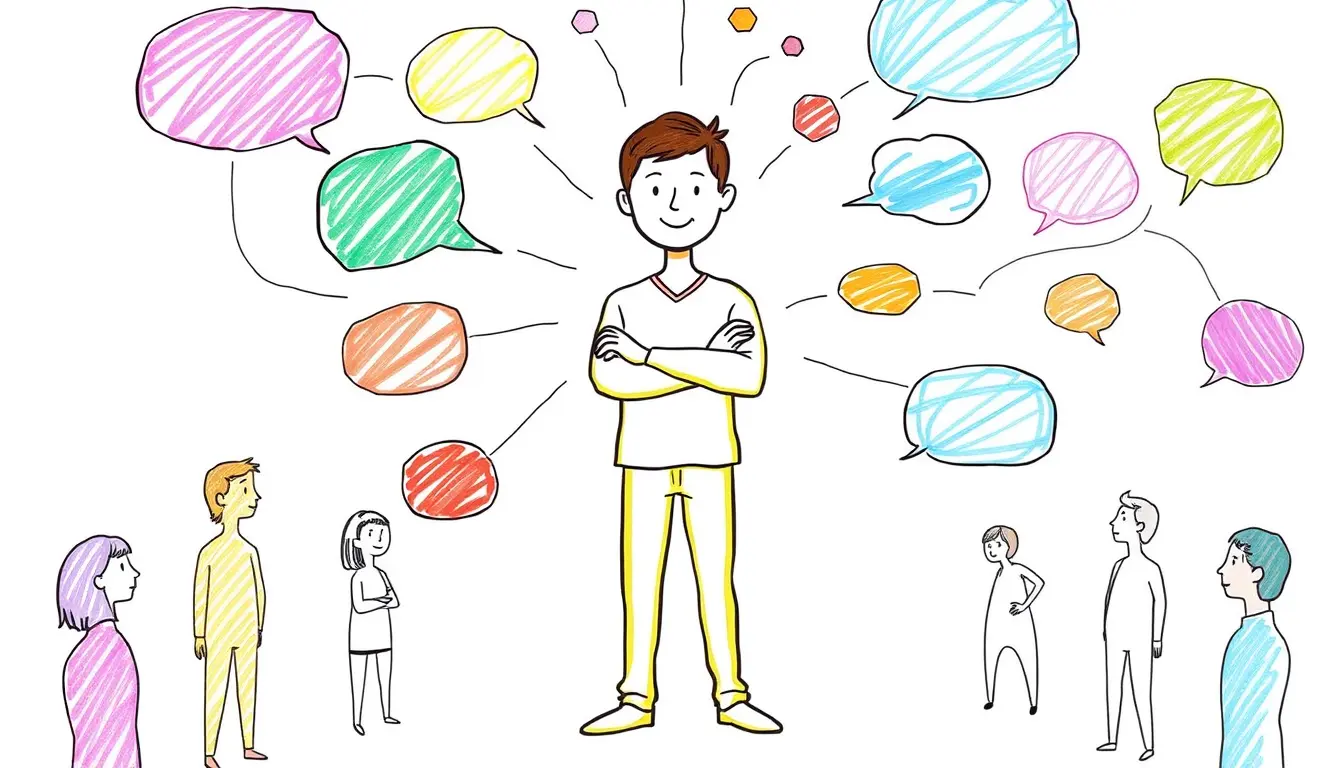What is Distributive Negotiation?
Distributive negotiation is a type of negotiation where one party’s gain is equivalent to the other party’s loss. It’s a win-lose situation, where the objective is to maximize one’s own benefits while minimizing the benefits of the other party. This type of negotiation is often used in situations where there is a fixed pie, and the goal is to get the largest slice possible. In this article, we’ll explore distributive negotiation examples and provide insights on how to master this type of negotiation.
Distributive negotiation is commonly used in business settings, such as sales, procurement, and real estate transactions. It’s also used in personal situations, like buying a car or negotiating a salary. The key to success in distributive negotiation is to be able to effectively communicate your interests, identify the other party’s weaknesses, and use tactics to achieve your goals.
Distributive Negotiation Examples in Business
Sales Negotiation
In sales negotiation, the goal is to get the customer to agree to the highest possible price while providing the minimum amount of concessions. For example, a salesperson may use tactics like anchoring, where they start with a high price and gradually lower it to create the illusion of a better deal. They may also use scarcity tactics, like limited-time offers, to create a sense of urgency.
Another distributive negotiation example in sales is the use of bundles. A salesperson may offer a bundle deal that includes multiple products at a discounted price. While this may seem like a good deal for the customer, it’s actually a way for the salesperson to increase the overall sale value.
Procurement Negotiation
In procurement negotiation, the goal is to get the best possible price from suppliers while ensuring quality and delivery requirements are met. For example, a procurement manager may use tactics like competitive bidding, where multiple suppliers are invited to bid on a contract. This creates a competitive environment where suppliers are forced to lower their prices to win the contract.
Another distributive negotiation example in procurement is the use of volume discounts. A procurement manager may negotiate a discount with a supplier based on the volume of products purchased. While this may seem like a good deal for the supplier, it’s actually a way for the procurement manager to reduce costs.
Real Estate Negotiation
In real estate negotiation, the goal is to get the best possible price for a property while ensuring the sale is completed quickly and efficiently. For example, a real estate agent may use tactics like staging, where the property is decorated and furnished to appeal to potential buyers. They may also use tactics like pricing strategies, where the initial price is set high to leave room for negotiation.
Another distributive negotiation example in real estate is the use of concessions. A seller may offer concessions, like repairs or credits, to sweeten the deal and attract more buyers.
Distributive Negotiation Examples in Personal Life
Buying a Car
When buying a car, the goal is to get the best possible price while ensuring the car meets your needs. For example, you may use tactics like researching the market value of the car to make a strong case for a lower price. You may also use tactics like negotiating the total price, rather than the monthly payment, to avoid hidden costs.
Another distributive negotiation example when buying a car is the use of trade-ins. You may negotiate a trade-in value for your old car to reduce the overall cost of the new car.
Salary Negotiation
In salary negotiation, the goal is to get the highest possible salary while ensuring you’re a valuable employee. For example, you may use tactics like researching the market rate for your role to make a strong case for a higher salary. You may also use tactics like negotiating benefits, like vacation time or flexible work arrangements, to sweeten the deal.
Another distributive negotiation example in salary negotiation is the use of silence. You may use silence to create an uncomfortable atmosphere, forcing the employer to make a concession.
Effective Distributive Negotiation Strategies
To be effective in distributive negotiation, it’s essential to have a clear understanding of your goals and the other party’s interests. Here are some strategies to help you succeed:
-
Separate the people from the problem: Focus on the issue at hand, rather than making personal attacks or taking things personally.
-
Use objective criteria: Use data and facts to support your arguments and create a sense of fairness.
-
Make a strong first offer: Set the tone for the negotiation by making a strong first offer that is slightly higher than your target price.
-
Use time to your advantage: Take time to think before making a concession, and use deadlines to create a sense of urgency.
-
Look for mutually beneficial solutions: While distributive negotiation is about winning, it’s essential to find solutions that benefit both parties to build trust and ensure a long-term relationship.
FAQ
What is the difference between distributive and integrative negotiation?
Distributive negotiation is a win-lose situation, where one party’s gain is equivalent to the other party’s loss. Integrative negotiation is a win-win situation, where both parties work together to find a mutually beneficial solution.
What are some common distributive negotiation tactics?
Common distributive negotiation tactics include anchoring, scarcity, bundling, competitive bidding, and concessions.
How can I improve my distributive negotiation skills?
To improve your distributive negotiation skills, practice active listening, stay calm and patient, and be willing to walk away if the deal isn’t right.
Conclusion
Distributive negotiation is a common type of negotiation used in business and personal settings. By understanding the strategies and tactics involved, you can master the art of distributive negotiation and achieve your goals. Remember to stay focused, be creative, and use time to your advantage to get the best possible outcome.







Leave a Reply